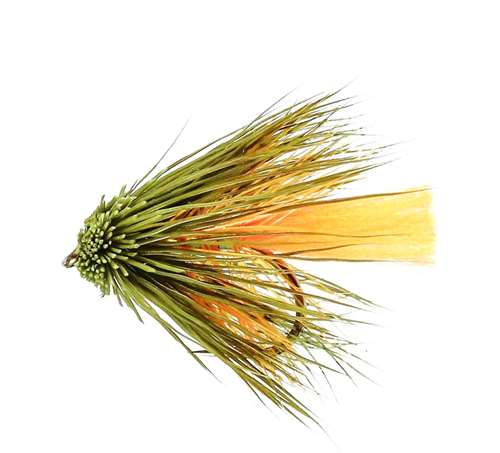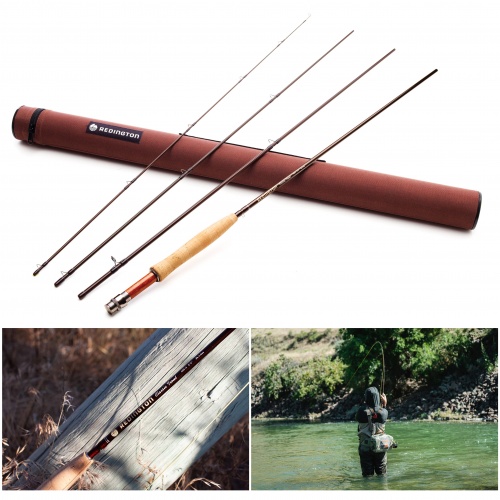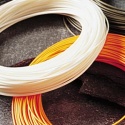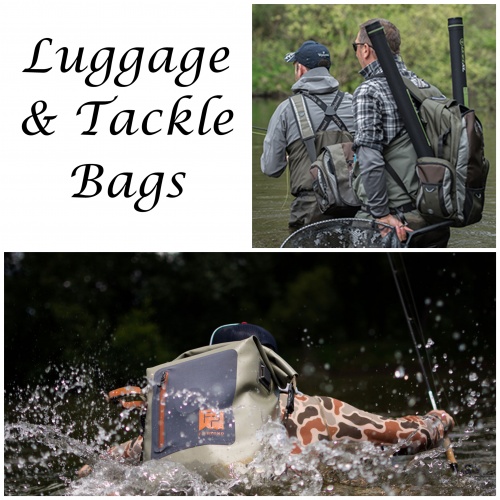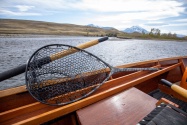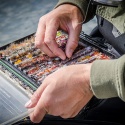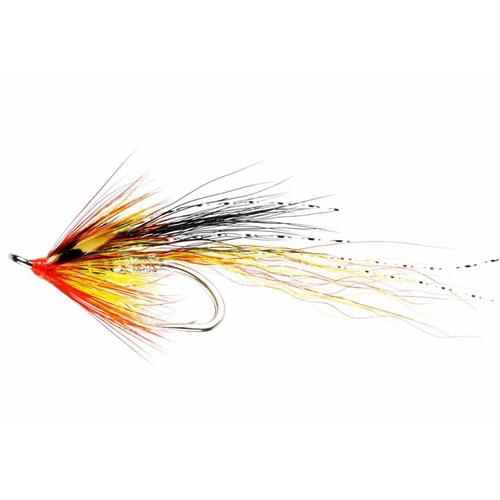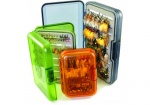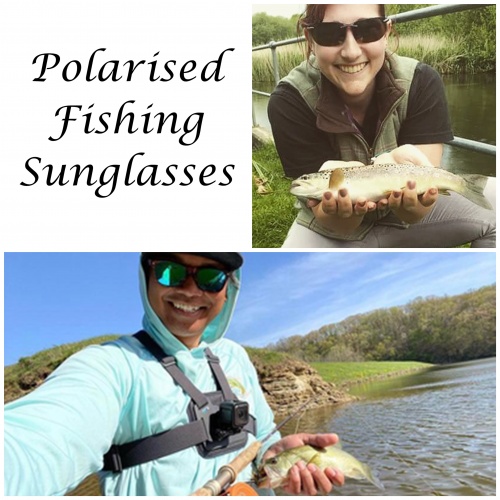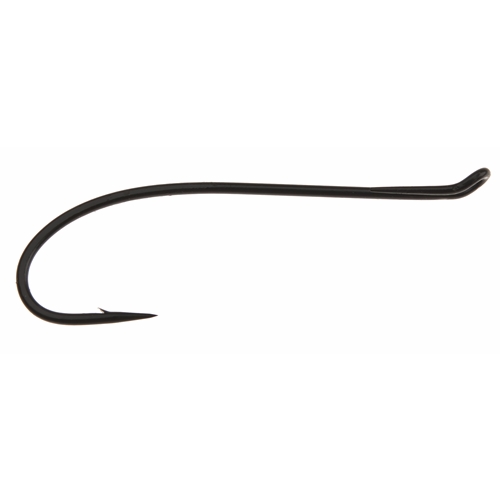 Fly fishing with the right apparel is crucial, as we’ve stressed before. When it comes to waders, boot and sole selection is as important as the general choice of wader. Again, you start by asking yourself the question about what you are using the waders for and under what conditions (hunting/fishing, mild or cold climates, rough terrain?) Some waders – called boot foot waders – have the boots joined to the wader in one piece. If you are going to spend most of your time in cold weather and water, this type is far and away the best choice. Not only do they provide the best cold-water protection, but most are insulated as well. Another advantage to these is that they are low maintenance and very easy to put on and take off. Rocks and sand cannot slip inside, so there’s no need to put on gravel guards. In addition, built in boots have no laces, so you needn’t worry about fussing with them or losing one by mistake.
Fly fishing with the right apparel is crucial, as we’ve stressed before. When it comes to waders, boot and sole selection is as important as the general choice of wader. Again, you start by asking yourself the question about what you are using the waders for and under what conditions (hunting/fishing, mild or cold climates, rough terrain?) Some waders – called boot foot waders – have the boots joined to the wader in one piece. If you are going to spend most of your time in cold weather and water, this type is far and away the best choice. Not only do they provide the best cold-water protection, but most are insulated as well. Another advantage to these is that they are low maintenance and very easy to put on and take off. Rocks and sand cannot slip inside, so there’s no need to put on gravel guards. In addition, built in boots have no laces, so you needn’t worry about fussing with them or losing one by mistake.
Stocking foot waders are the most popular type of on the market. This is mainly because of their weight advantage, having the same type of construction as boot foot waders. Instead of an attached rubber boots stocking foot waders have a neoprene sock attached to the bottom, which means you’ll need to buy a pair of wading boots. This can be a good thing, because you can then have different boots for different river bottoms. It also lets you to wear flippers in a float tube. The major disadvantage is that sand or gravel can work their way through your gravel guards. You’ll also need to stop and clean out your boots from time to time. This extra care is necessary, because gravel and sand will eventually wear holes in the stocking foot and your waders will then leak. For fishing in muddy-bottomed water, wear lugged sole boots and felt soles on rock or gravel-bottomed waters.
Finally, be sure to follow the manufacturer's instructions for the proper care and storage of your waders and boots, especially if it's going to be a long time between fly fishing trips.








